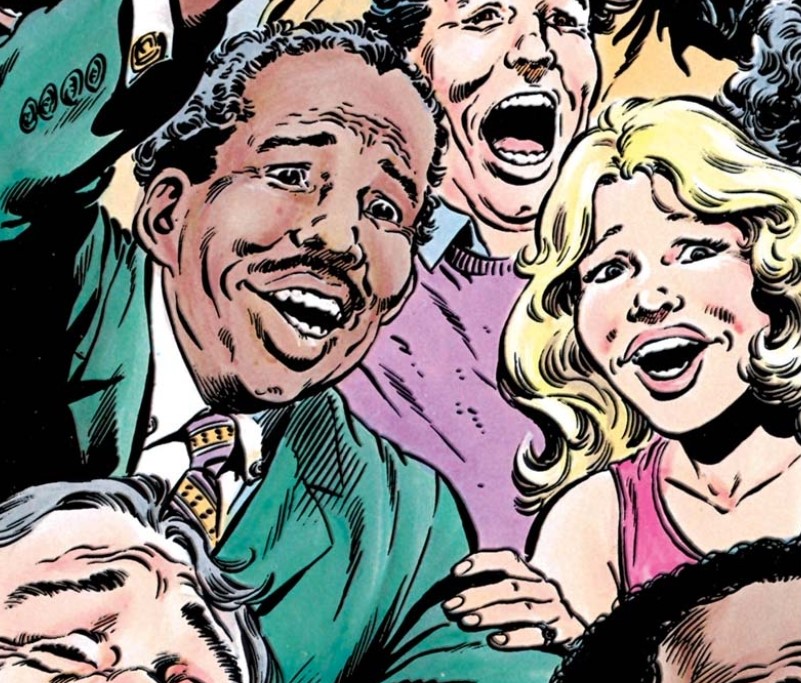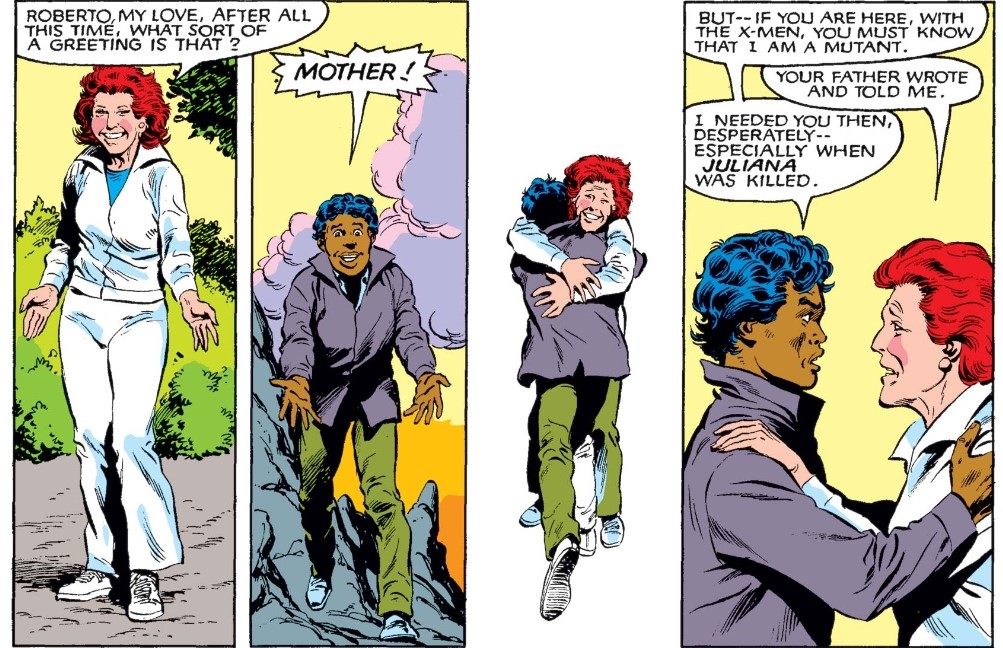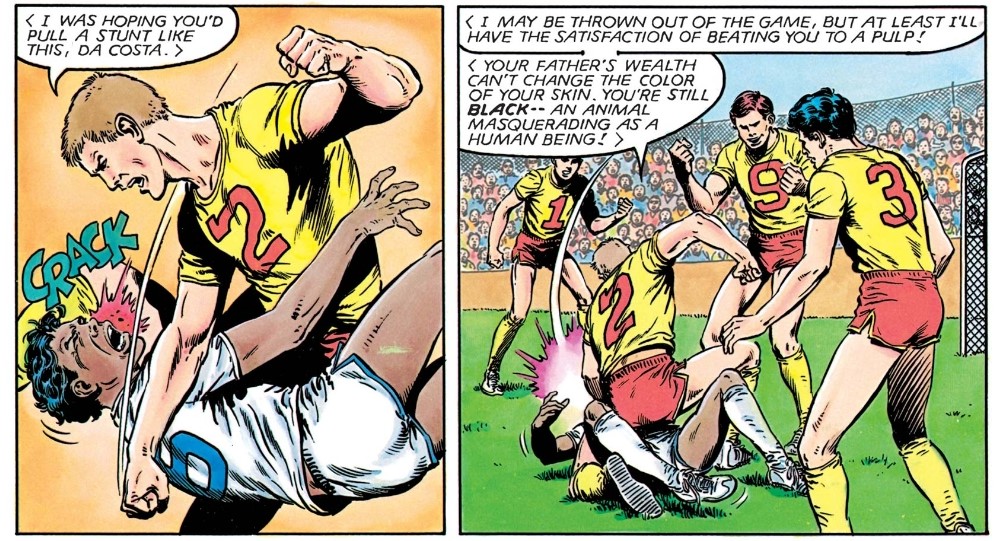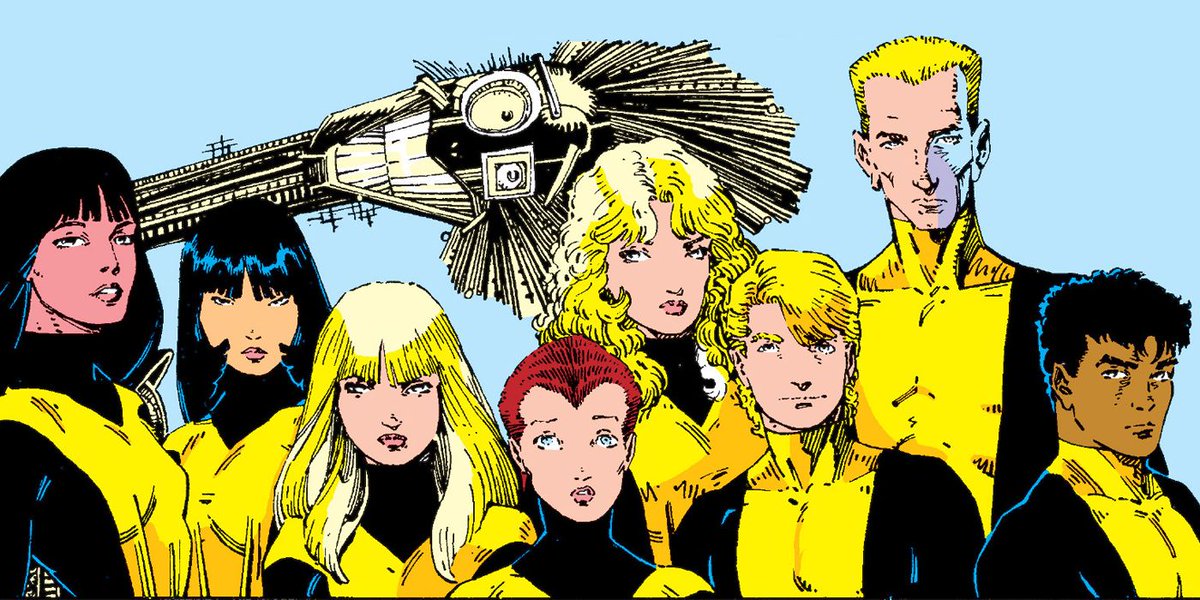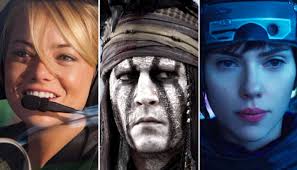Roberto Da Costa, created by Claremont (with Bob McLeod on art) for the New Mutants Graphic Novel in 1982, is currently the centre of white-washing accusations in the wake of the New Mutants film adaptation, so here’s some context from the comics: #xmen #newmutants  https://abs.twimg.com/hashflags... draggable="false" alt=""> 1/10
https://abs.twimg.com/hashflags... draggable="false" alt=""> 1/10
Roberto is the son of an Afro-Brazilian businessman and a White American archaeologist. In his earliest appearances, Roberto is consistently rendered with a dark skin complexion, nearly identical to that of his father. 2/10
Comics colouring in this era was not really reliable, though, so we need to turn to the narrative elements and, indeed, Roberto’s skin colour is directly referenced in his first ever appearance, where it plays a key role in defining the character from the outset. 3/10
In Marvel Graphic Novel #4, “The New Mutants,” Roberto is subject to a racially-motivated assault, referred to as “half-breed” and told that his father’s wealth “can’t change the colour of your skin. You’re black – an animal masquerading as a human being!” 4/10
What follows is Roberto’s first transformation sequence, which is layered with racial symbolism since his Sunspot form quite literally turns Roberto black, empowering him even as he’s being persecuted for the “black” identification placed on him. 5/10
Thus Roberto’s skin colour is deeply attached to the character’s back-story at the literal and symbolic levels. To alter it as an adaptation choice does move against C’s commitment to diversity, and thus represent a form of what’s called ‘symbolic annihilation.’ 6/10
At the same time, Henry Zaga, the actor portraying Bobby, is from Brazil, thus aligning with his character’s national identification in a way that the actors playing Illyana and Sam do not. Rahne could be thrown in there as well save for a chunk of votes in 2014. 7/10
Of course, racial and national identification are not the same thing, and one is more visible on film (so long as the dialect coach did their job). More importantly, the concept of visibility is central to racial identity far beyond the extent it is with national identity. 8/10
There’s maybe still subjectivity here, though. In the French school of adaptation theory, what matters is “the kernel,” the core element. You can mess with details, but keep the kernel. So: is Sunspot’s skin colour part of the kernel or open to artistic license? 9/10

 Read on Twitter
Read on Twitter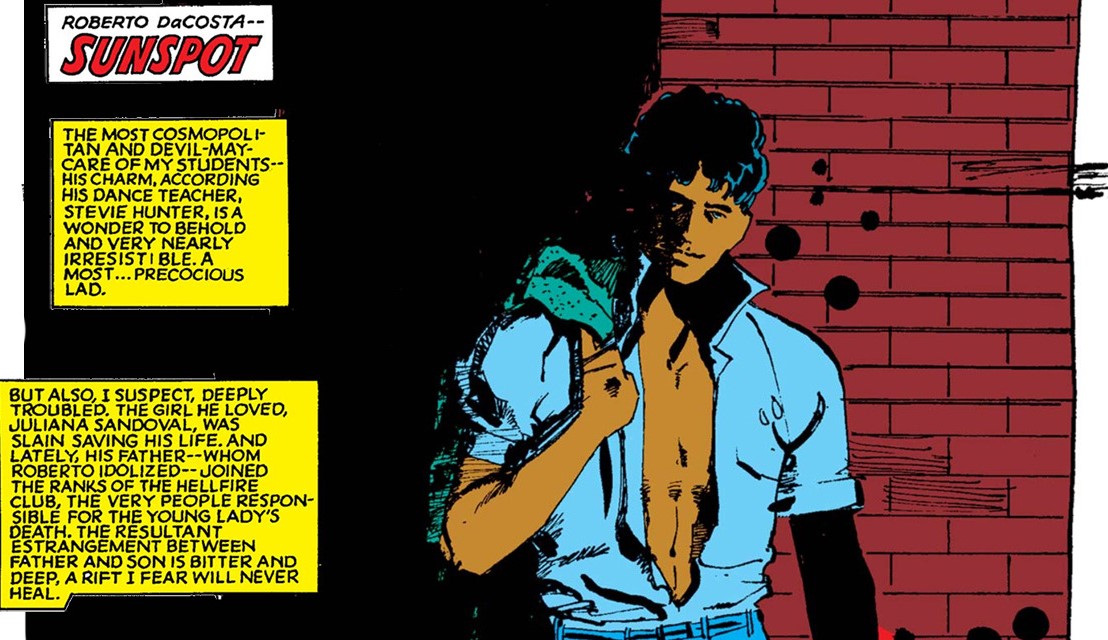 1/10" title="Roberto Da Costa, created by Claremont (with Bob McLeod on art) for the New Mutants Graphic Novel in 1982, is currently the centre of white-washing accusations in the wake of the New Mutants film adaptation, so here’s some context from the comics: #xmen #newmutants https://abs.twimg.com/hashflags... draggable="false" alt=""> 1/10" class="img-responsive" style="max-width:100%;"/>
1/10" title="Roberto Da Costa, created by Claremont (with Bob McLeod on art) for the New Mutants Graphic Novel in 1982, is currently the centre of white-washing accusations in the wake of the New Mutants film adaptation, so here’s some context from the comics: #xmen #newmutants https://abs.twimg.com/hashflags... draggable="false" alt=""> 1/10" class="img-responsive" style="max-width:100%;"/>
